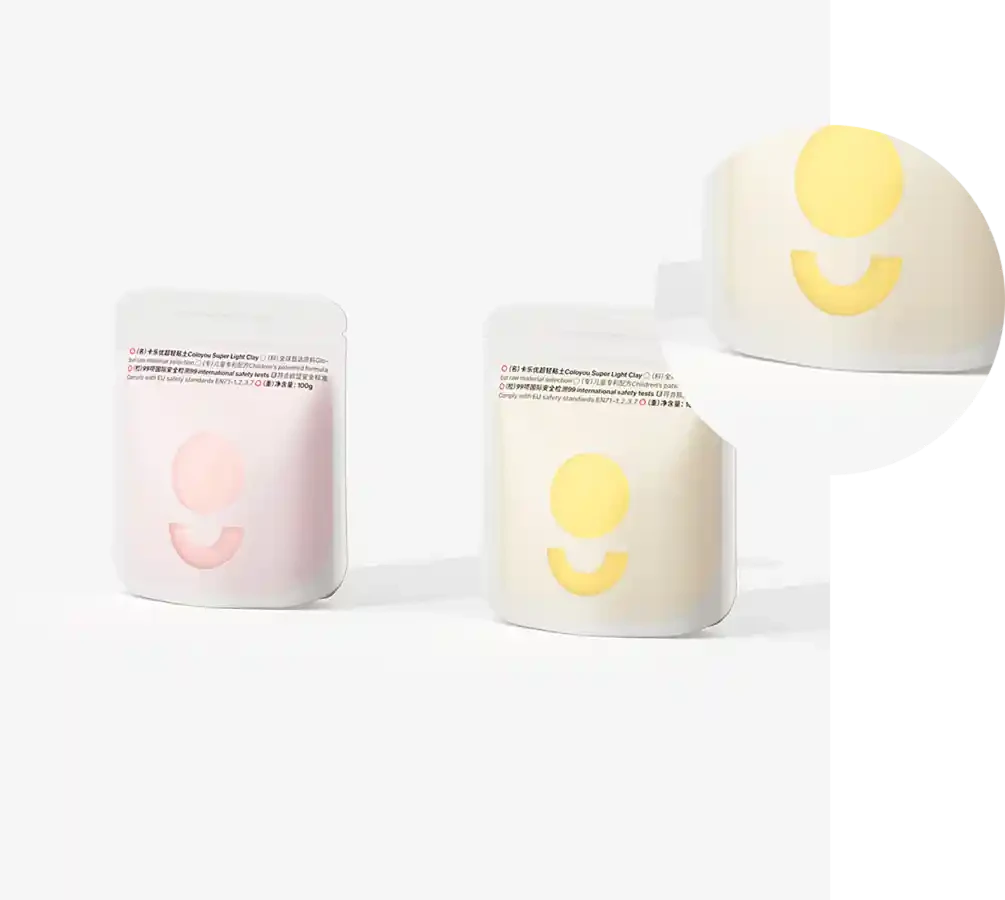- Afrikaans
- Albanian
- Amharic
- Arabic
- Armenian
- Azerbaijani
- Basque
- Belarusian
- Bengali
- Bosnian
- Bulgarian
- Catalan
- Cebuano
- chinese_simplified
- chinese_traditional
- Corsican
- Croatian
- Czech
- Danish
- Dutch
- English
- Esperanto
- Estonian
- Finnish
- French
- Frisian
- Galician
- Georgian
- German
- Greek
- Gujarati
- haitian_creole
- hausa
- hawaiian
- Hebrew
- Hindi
- Miao
- Hungarian
- Icelandic
- igbo
- Indonesian
- irish
- Italian
- Japanese
- Javanese
- Kannada
- kazakh
- Khmer
- Rwandese
- Korean
- Kurdish
- Kyrgyz
- Lao
- Latin
- Latvian
- Lithuanian
- Luxembourgish
- Macedonian
- Malgashi
- Malay
- Malayalam
- Maltese
- Maori
- Marathi
- Mongolian
- Myanmar
- Nepali
- Norwegian
- Norwegian
- Occitan
- Pashto
- Persian
- Polish
- Portuguese
- Punjabi
- Romanian
- Russian
- Samoan
- scottish-gaelic
- Serbian
- Sesotho
- Shona
- Sindhi
- Sinhala
- Slovak
- Slovenian
- Somali
- Spanish
- Sundanese
- Swahili
- Swedish
- Tagalog
- Tajik
- Tamil
- Tatar
- Telugu
- Thai
- Turkish
- Turkmen
- Ukrainian
- Urdu
- Uighur
- Uzbek
- Vietnamese
- Welsh
- Bantu
- Yiddish
- Yoruba
- Zulu
Innovative Techniques in 3D Hot Stamping for Enhanced Product Design and Durability
The Art and Future of 3D Hot Stamping
In recent years, the realm of manufacturing and design has witnessed a transformative evolution with the advent of advanced technologies. One such innovation that stands out is 3D hot stamping, a process that merges the intricacies of 3D printing with the traditional hot stamping technique. This blend not only enhances the aesthetic appeal of products but also improves functionality, opening new frontiers in various industries.
Understanding 3D Hot Stamping
At its core, 3D hot stamping is a method that involves applying heat and pressure to transfer a design—often metallic—from a foil onto a three-dimensional surface. This technology is incredibly useful for creating detailed graphics or patterns on products that have complex shapes and contours. Unlike traditional stamping, which is often limited to flat surfaces, the 3D hot stamping technique allows for intricate designs to be applied seamlessly, enhancing both the look and feel of the final product.
Applications Across Industries
3D hot stamping is gaining traction in several fields, including automotive, packaging, consumer electronics, and even fashion. In the automotive sector, manufacturers utilize this technology to customize interior and exterior components, giving vehicles a distinctive edge while boosting brand identity. The ability to imprint logos or patterns onto curved surfaces means that manufacturers can maintain high-quality aesthetics without compromising on the structural integrity of the parts.
In the packaging industry, 3D hot stamping is used to create luxurious packaging solutions that stand out on shelves. The method lends itself to high-quality finishes that can make a significant impact on consumer purchasing decisions. With brands competing fiercely for attention, unique and appealing packaging can elevate a product from the ordinary to the extraordinary.
Fashion and accessory brands are also leveraging 3D hot stamping to enhance their products. By adding metallic or colorful impressions to leather goods, shoes, and apparel, designers can create limited-edition pieces that resonate with consumers. This technique allows for the customization of items, adding a personal touch that is increasingly sought after in today's marketplace.
3d hot stamping

Benefits of 3D Hot Stamping
One of the most significant advantages of 3D hot stamping is its versatility. The technology works well with various materials, including plastics, textiles, metals, and paper. This adaptability means that businesses can explore new product lines and designs without significant investment in new equipment.
Additionally, the aesthetic appeal of hot stamping cannot be overstated. It provides a premium finish that can elevate any product's perception, suggesting quality and craftsmanship. This is particularly crucial in sectors where branding plays a pivotal role, allowing companies to convey their values and image effectively.
Moreover, the efficiency of the process can yield cost savings in terms of both time and resources. As it involves fewer steps and less finishing work compared to other printing methods, manufacturers can produce high-quality products more rapidly. This efficiency not only helps in keeping up with market demands but can also improve profitability.
The Future of 3D Hot Stamping
As technology continues to advance, the potential for 3D hot stamping is bound to expand further. Incorporating automation and artificial intelligence could streamline the workflow, reduce errors, and enhance precision, making this technique even more attractive to manufacturers. Furthermore, the synergy between 3D hot stamping and sustainable practices—such as using eco-friendly materials—could position businesses favorably in a market that increasingly values environmental consciousness.
In conclusion, 3D hot stamping represents a harmonious blend of art and technology, offering versatility and superior finishing options across various industries. As consumers become more discerning and the market demands higher quality and personalized products, the importance of such innovative techniques will only continue to grow. The future of 3D hot stamping looks promising, with endless possibilities waiting to be explored.













